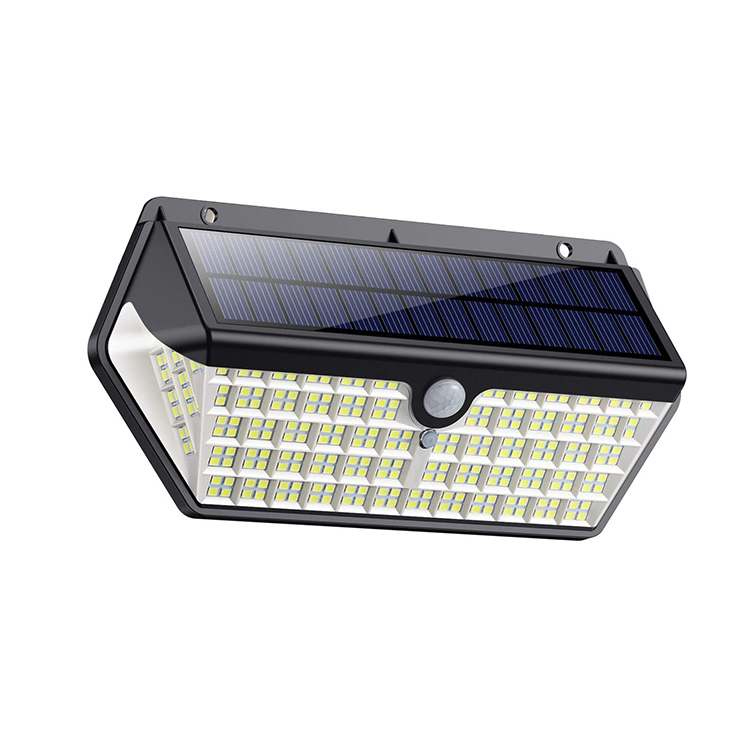time:2021-04-22 source:ZJ Lighting Views:230
Dynamic scanning: Dynamic scanning implements "point-to-column" control from the output of the driver IC to the pixel points. Dynamic scanning requires a control circuit, and the cost is lower than static scanning, but the display effect is poor and the brightness loss is greater.
Static scanning: Static scanning implements "point-to-point" control from the output of the driver IC to the pixel points. Static scanning does not require a control circuit, and the cost is higher than dynamic scanning, but the display effect is good, the stability is good, and the brightness loss is small And so on.
With the development of LED technology, the brightness of LED electronic display screens has also been continuously improved, and the size is getting smaller and smaller, which indicates that more LED small-pitch electronic display screens will become a general trend in the room.
However, due to the improvement of the brightness and pixel density of the small-pitch LED display, the control and driving of the small-pitch LED display also bring new and higher requirements. As far as general indoor screens are concerned, the current general control methods all use the row and column sub-control mode, which is commonly referred to as the scanning mode. At present, the driving mode of the LED small-pitch display screen is static scanning and dynamic scanning. Divided into static real pixels and static virtual, dynamic scanning is also divided into dynamic real image and dynamic virtual;

In the LED small-pitch display screen, the ratio of the number of lines lit at the same time to the number of lines in the entire area is called the scanning mode. The scanning is also divided into 1/2 scan, 1/4 scan, 1/8 scan, 1/16 scan and other driving modes. That is to say, the driving mode of the display screen is different, so the setting of the receiving card is also different. If the receiving card was originally used on a 1/4 scan screen, but now it is used on a static screen, the display on the screen will be lit one line every 4 lines. Generally, the receiving card can be set. After connecting the sending card, display screen, computer and other major devices, you can enter the relevant software on the computer to set it up. So here is the first to introduce the scanning mode and principle of the LED small-pitch display.
The principle of high-definition small-pitch led screen display
The display resolution of the led screen (the so-called spatial resolution) is closely related to the distance or pitch between the pixel and the pixel in the LED video display;
Maximum brightness of led screen: dynamic brightness range is understood as the number of screen brightness levels that can be supported (sometimes called radiation or energy resolution);
The frame rate of the led screen is usually a measure of the frequency of changes in frames per second (fps) (sometimes referred to as time resolution) that a video source can feed the entire frame of the new data display;
LED screen refresh rate (in Hz)
It is to draw data on the second display hardware, or refresh the frame (also called time resolution);
Spectral resolution of led screen: color image distinguishes light of different spectra. Multispectral image resolution requires even better wavelengths than different spectrums or duplicate colors. This term determines how many spectral components create an image; color uniformity across the screen; white balance and fine-tuning possibilities;
Led screen linear brightness perception-subjective image quality, quality determines the human eye to distinguish between the dark and light parts of the adjacent brightness level on the screen;
Led screen image contrast; image quality depends on the viewing angle. In addition to image quality, it is important to consider some key operating parameters for LED video display.